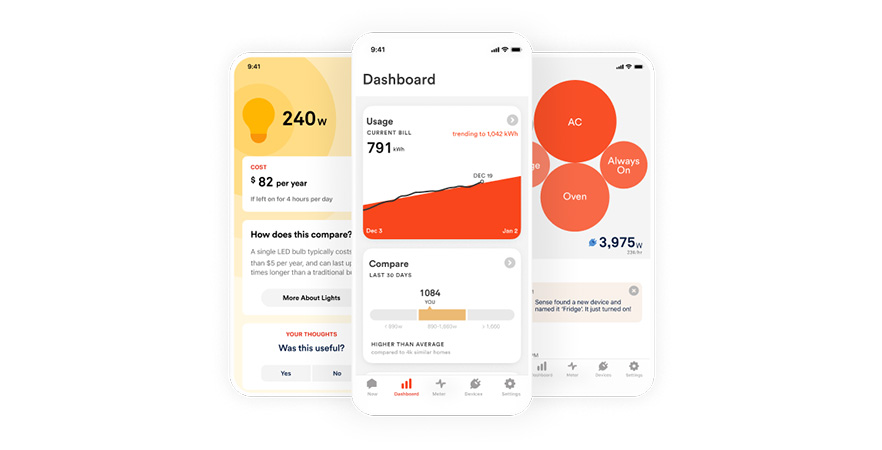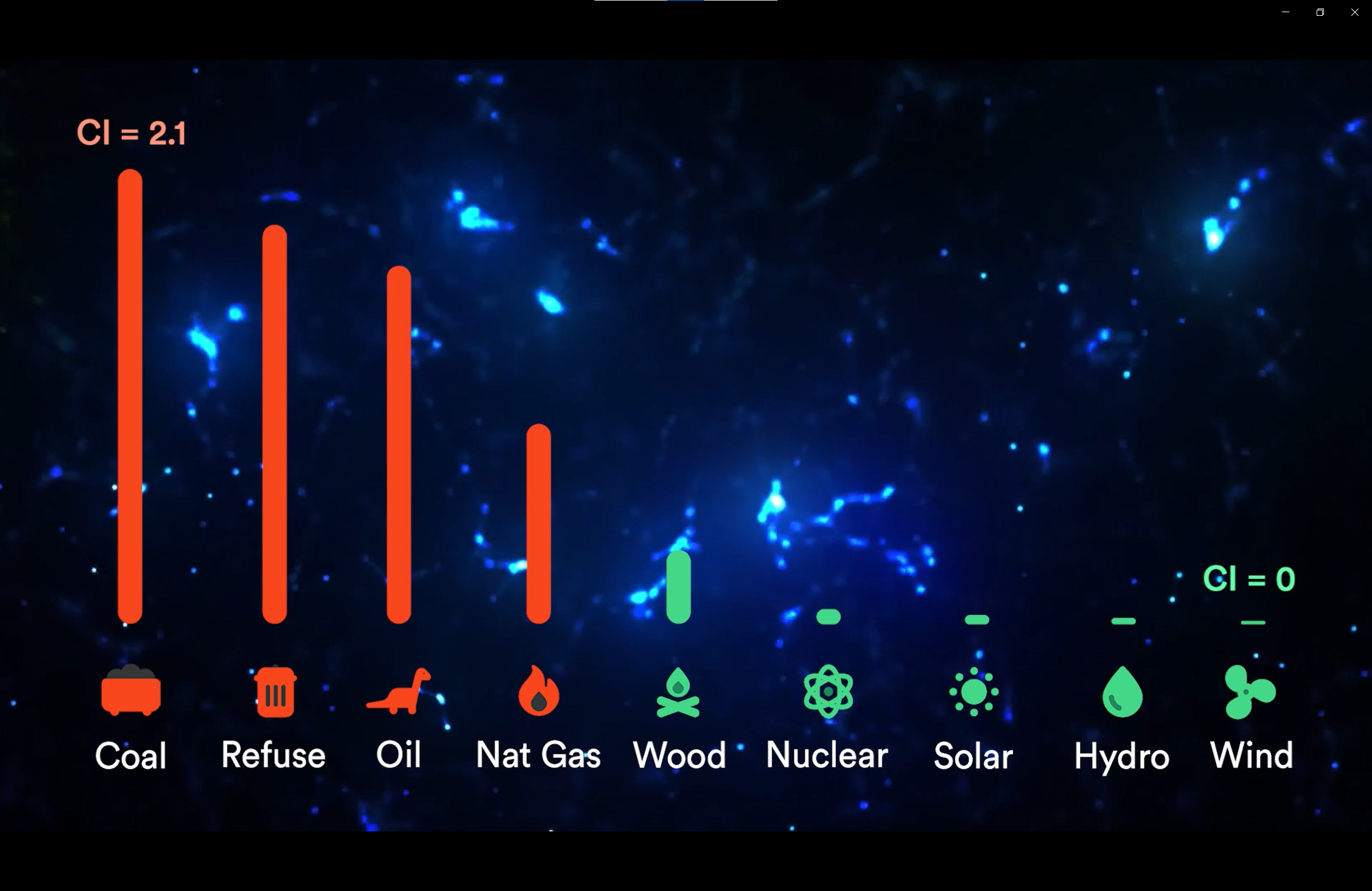Depending on where you live, the energy your home uses comes from a mix of sources. These sources emit different amounts of carbon emissions, as measured by their carbon intensity.
Select a region
CAISO
Average Regional Fuel Mix
The Carbon Intensity of each fuel ranges from 0.000 to 2.1, which equates to the pounds of carbon to produce one kWh of electricity. Graphic shows the average Carbon Intensity (CI) of each region (over a 12-month period).



